Are you looking to get into this exciting, adrenaline-fuelled sport of paintball? Great! Paintball is a unique blend of physical activity and strategy that will keep you engaged for hours. And when it comes to getting started, one common question that arises is which type of paintball to choose – Stock Class or Open Class? In this blog post, we’ll demystify the differences between these two classes so you can make an informed decision and unlock your paintball knowledge.
What’s the Difference Between Stock Class and Open Class Pump Paintball?
Are you new to the world of paintball? Or are you a seasoned player looking to try out different types of gameplay? If so, you’ve likely heard about Stock Class and Open Class Pump Paintball. But what exactly is the difference between the two? Let’s take a look at some key points of comparison.
Stock Class Paintball typically involves using an older-style marker – think back to the days when paintball was first invented. This type of play often involves using an air tank or hopper on your gun and limited paintballs – usually 12 rounds per game. It can also be quite expensive as players need to purchase certain gear and equipment before they can start playing.
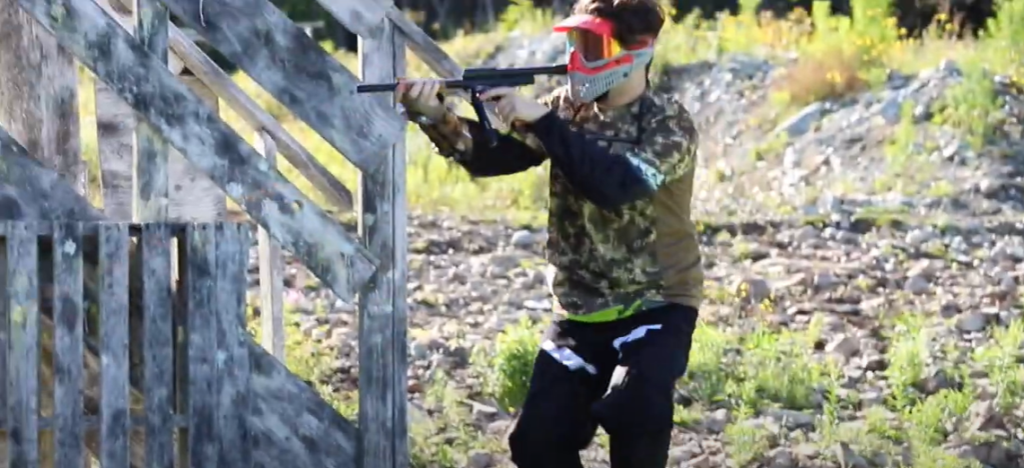
What Counts as Stock Class Paintball?
Stock class paintball is a style of game where players use paintball guns that meet specific requirements. In stock class, all guns must be powered by 12-gram CO2 cartridges and feature a hopper or magazine with 10 rounds or less capacity. This type of equipment is designed to give players an old-school paintball experience similar to that of the early days of the sport’s history. The idea behind Stock class is to emphasize skill over technology, making it a more challenging game for experienced players.
The most popular gun used in Stock Class Paintball is the pump action marker, sometimes called a “pump.” Pump markers are easy to maneuver and require only one shot per reload, making them well suited to Stock Class play. While pumps are the most common gun used in this style of paintball, many players opt for semi-automatic or even single shot guns for a unique twist on the traditional Stock Class experience.
The Original Stock Class Rules and Restrictions
Originating in the 1980s, stock class paintball was a way to level the playing field and make the game more affordable for everyone. Stock class players used .68 caliber pump-action markers (guns) with very specific rules and restrictions. The most common marker was the Nelspot 007, with limited upgrades available such as detachable feed necks and “speed-feed” hoppers. All other components of the gun were to remain in their original form. These guns had only eight rounds per magazine and could only be reloaded by hand, giving each player an equal chance against opponents who may have been using higher capacity semi-automatic markers (guns). This style of play also restricted the physical size of paintballs that could be used so that the markers could fire them accurately and at shorter distances.
These restrictions forced players to use their skill and strategy to gain an advantage on the field over opponents with higher powered guns or more elaborate equipment. Stock-class players had to rely on their fast reflexes and wit to outwit their competitors while still having a great time playing paintball. The slower pace of play made stock class paintball more enjoyable for everyone involved.
Stock class paintball was a popular way to play until the late 1990s, when semi-automatic markers and other technological innovations were introduced into the game. This gave rise to what is now known as Open Class paintball, which offers more options and allows players to use any type of gear they choose. We’ll take an in-depth look at Open Class in our next section.

What Counts as Open Class Paintball?
When it comes to Open Class paintball, there are a few points you’ll want to keep in mind. First, most Open Class guns aren’t restricted by certain FPS or pressure requirements the way Stock Class guns are. As such, they can generally fire faster and farther than their Stock counterparts. In addition, they often have a variety of different features that allow for customization and greater accuracy (such as multiple barrel lengths and electronic trigger systems). Finally, some players prefer the newer markers available in this class because of their lighter weight and increased ergonomics.
What is Modified Stock Class Paintball?
Modified Stock Class Paintball, or “MSC,” is a variation of traditional Stock Class paintball that focuses on using modified stock-class markers with limited upgrades. Modified Stock Class markers typically have an upgraded barrel and feed system to increase accuracy, as well as an electrical trigger to reduce the amount of force needed to fire. Other than these two modifications, MSC markers must remain close to their original design. This means no added gunsight or other enhancements like those found in open class guns. MSC players also tend to use more creatively designed hoppers and homemade harnesses that give them an edge out on the field while still staying within the bounds of the rules. With a focus on ingenuity over outright power, Modified Stock Class paintball is an exciting and unique way to play. [1]
Advantages of Open Class Paintball
Open Class Paintball focuses on using the most advanced markers and technologies available. This is the fastest-growing category of paintball, as players are always looking for ways to gain an edge over their opponents. Open class markers typically have a wide range of upgrade options, including superior barrels, grips, stocks, magazines and hoppers. Players can also add upgrades like optics and gun sights which allow them to accurately target opponents from greater distances than ever before. The vast majority of tournaments now use open class guns, making it the go-to choice for competitive players all over the world.
Paintball Guns
One of the biggest differences is the type of gun used. In Stock Class paintball, tournament-style guns are not allowed and players must use older or less technologically advanced equipment. This often includes the classic pump action paintball marker, which requires manual pumping between each shot to reload it with a new ball. As such, Stock Class games tend to be slower-paced due to the lack of rapid fire available from more modern markers.
In contrast, Open Class paintball allows for any type of marker to be used including semi-automatic and even fully automatic guns that can fire multiple rounds per second depending on how they’re configured. The faster firing capability of modern markers means that Open Class games are usually faster-paced and more intense than their Stock Class counterparts.
Both styles of paintball can be a lot of fun, but they do require different approaches when it comes to strategy and tactics so it’s important to understand the differences between them before deciding which type is right for you. Whichever one you choose, make sure you have the right gear and know what’s allowed in each game type so you can enjoy the experience safely and fairly!
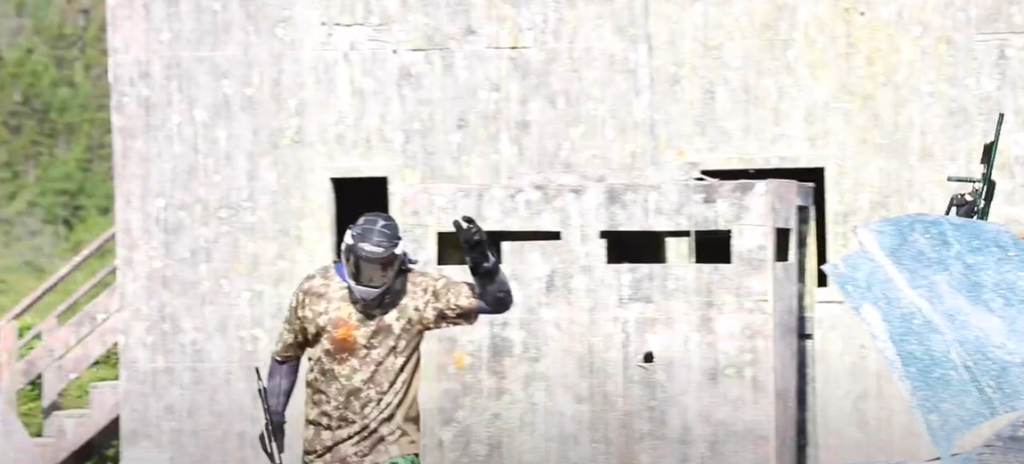
Semi-automatic Paintball Class Marker
The third class of paintball markers is semi-automatic, which has a mode selector that allows you to switch between semi-automatic and full-auto. Semi-automatic ones are quite popular among beginners because they’re easy to use and don’t need to be recharged after every shot like full-auto does. They offer more accuracy than the full auto option but have a slower rate of fire.
In Stock Class Paintball tournaments, it’s common for players to use semi-automatic markers as they provide better direction control when shooting opponents. In Open Class players can choose any type of marker they want, including both full auto and semi-automatic markers.
Pump Action Paintball Class Marker
The Pump Action Paintball class marker is the perfect choice for those looking for that nostalgic paintball experience. This traditional style of play is most commonly used in Stock Class and Open Class games, both of which have their own rules and regulations.
The pump action class marker offers several advantages over other types of markers in both Stock and Open Classes. For starters, it’s easier to learn how to use and maintain. It also offers a unique experience that other players might not have with an electronic marker. Finally, pump action guns are typically more affordable than their semi-automatic counterparts, making them the perfect choice for those looking for an inexpensive way to get into paintball.
No matter which class you choose, playing with a pump action marker is sure to be an enjoyable and rewarding experience. With its nostalgic feel, reliable performance, and affordability it’s no wonder that these markers remain popular choices among both beginners and experienced players alike!

Stock Class Paintball Class Marker
Stock Class Paintball Markers are limited in size, weight, and features. It is designed to be a “minimal package” marker that can only shoot one paintball at a time. The Stock Class rules specifically limit the following factors:
- The maximum barrel length of 12 inches
- Hoppers must have a volume of no more than 140 cubic inches
- No electronic trigger frames or external power sources (such as CO2 tanks) may be used.
The benefit of using Stock Class markers is that they’re lightweight and easy to maneuver around the field. This makes them ideal for players who want to move quickly and outwit their opponents. Additionally, since these markers don’t have many features, they’re much less expensive than Open Class markers.
Overall, Stock Class Paintball Markers are great for players who want to have a fun and challenging experience while keeping the cost of equipment down. They also make it easy to stick with the rules of Stock Class without having to worry about breaking any regulations.
Open Class Paintball Class Marker
Open Class Paintball markers are the preferred choice for competitive play. Open Class guns can be modified to improve performance, including but not limited to hoppers, barrels, regulators, and optics. This allows players to find the perfect setup for their style of play. Open Class paintball markers also tend to have higher rates of fire than stock class guns.
Other advantages include increased accuracy due to its ability to quickly switch between different levels of firing power and a faster rate of fire compared with stock class guns. Additionally, some open class markers come equipped with advanced features such as electronic triggers or anti-chop systems which help reduce misfires caused by broken paintballs in the barrel.
Although Open Class markers are more expensive than Stock Class guns, they are typically worth the investment as they offer a higher level of performance and customization. Also, many open class guns have an adjustable feed rate, allowing players to set their marker’s speed to match their playing style. In addition, some players may find that buying an electronic trigger or optics can make a huge difference in their game. [2]
Overall, Open Class Paintball is great for those looking to get a competitive edge in the sport and refine their skills in order to become top-level tournament competitors. With its increased accuracy and customizable options, Open Class markers will provide you with an improved playing experience no matter what your skill level. With so many customization options and performance advantages, it’s no wonder why Open Class is the choice of pro players and amateurs alike.

FAQ
What are the 2 types of paintball guns?
There are two main types – Stock Class and Open Class. Stock Class guns are usually mechanical designs, while Open Class guns are generally more complex and typically include electronic components.
How many types of paintballs are there?
When it comes to paintball, there are three main types – Pump, Mechanical and Electronic.
Pump paintball guns require manual pumping to fire a single round. These are the most basic type of all and are popular for both recreational and tournament-level play.
Mechanical paintball guns use compressed gas (CO2, Nitrogen or Compressed Air) to fire one or more rounds per shot. This is the most common type of gun and is used in most tournaments today.
Finally, Electronic paintball guns use an electronic trigger that can fire multiple rounds with a single pull of the trigger. These are typically used at the professional level but are becoming increasingly popular among recreational players as well. [3]
Each type of paintball has its own advantages and disadvantages, so it’s important to understand the differences before deciding which one is right for you. The two most common varieties are Stock Class and Open Class. Let’s take a closer look at each to see what sets them apart.
Stock Class is the more traditional form of paintball, which limits players to using a pump or semi-automatic gun that shoots .68 caliber rounds. On the other hand, Open Class allows for any type of marker as long as it meets certain safety guidelines, such as muzzle velocity and barrel length.
Stock Class is a tried-and-true favorite among players since its creation, as it offers an engaging challenge that hones fundamental skills. It requires a player to master accuracy and efficiency in order to succeed. Players must reload their markers after each shot and can only carry seven rounds in their hopper at a time, adding to the challenge.
In contrast, Open Class is much faster and features more advanced markers that shoot multiple rounds with each trigger pull. This makes it easier to hit targets and eliminates the need for constant reloading, allowing players to attack their opponents quickly. The additional firepower of Open Class can make it more exciting than Stock Class, but some players think it takes away from the skill-based nature of the game.
No matter which type of paintball you prefer, both Stock Class and Open Class have their own set of rules and regulations that must be followed in order for a game to be played safely and fairly. It’s important to research both styles of play before entering a tournament or playing outdoors so you know which equipment is allowed. That way, you can have the full paintball experience and keep yourself and your opponents safe!
What is the difference between a spool and a poppet paintball?
The main difference between a spool and a poppet paintball marker is that the former uses a spool valve (a piston-like device) to control air pressure, while the latter uses an “anti-chop” system with two moving pieces. A spool valve allows for more consistent velocity, faster trigger response, and less gas consumption compared to traditional open-bolt markers. This makes them ideal for Stock Class play since they require minimal modifications and can handle large amounts of pressure. On the other hand, poppet markers are better suited for Open Class play because they offer adjustable dwell times, higher peaks in accuracy, greater consistency with ball breakage, and allow for larger paintballs to be fired. However, they are more expensive and require a greater level of skill to maintain and operate. Ultimately, the decision between spool or poppet markers comes down to personal preference and budget. [4]
How do I choose a good paintball gun?
Picking the right paintball gun depends on your skill level and personal preference. If you’re a beginner, it’s important to start with an entry-level gun that won’t break the bank. You can always upgrade later or opt for a different type of gun as you become more experienced.
If you choose Stock Class Paintball, it is usually prescribed that all competitors use pump action guns. This ensures a fair playing field since everyone must manually reload their weapons after each shot, regardless of the model or brand. Players often have additional restrictions such as using only stock barrels, no air tanks larger than 48 cubic inches and no electronic triggers (which are usually found in higher end models).
Open Class Paintball, on the other hand, allows players to use any type of gun they desire. Electronic markers are popular in this class due to their lighter weight and high rate of fire. They also tend to be more accurate than pump action guns, making them ideal for competitive play. You can choose a gun based on your budget and preferences, as long as you follow the regulations set forth by your tournament or league. [5]
Ultimately, it’s important to try out different models and find one that works best for you. Once you have that figured out, you can focus on honing your skills and perfecting your strategy — no matter what style of paintball you choose!
Useful Video: KPCS’ Scout – A Stock Class Sniper Pump Paintball Marker w/ Robert Brandon of NCPU
Conclusion
In conclusion, understanding the differences between Stock Class and Open Class paintball is essential for playing the game. Each class has its own style of play and requires a different strategy. When deciding which type of paintball to participate in, it’s important to consider factors such as your budget, skill level, available gear and preferences. With the right information and resources at hand, you’ll be able to make an informed decision about what class is best for you. Good luck with your next game!
References:
- https://www.paintzapper.com/stock-class-vs-open-class-paintball/
- https://punisherspb.com/pages/beginners-guide-to-paintball
- https://paintball-online.com/blog/paintball-for-beginners/3-main-types-of-paintball-guns/
- https://www.machinedesign.com/learning-resources/whats-the-difference-between/article/21835177/whats-the-difference-between-poppet-and-piston-spool-valves
- https://paintballdeals.com/blogs/paintball-blog/tips-and-tricks-on-how-to-choose-the-perfect-paintball-gun



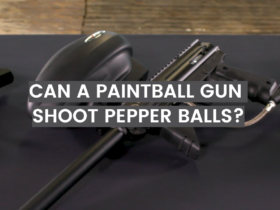

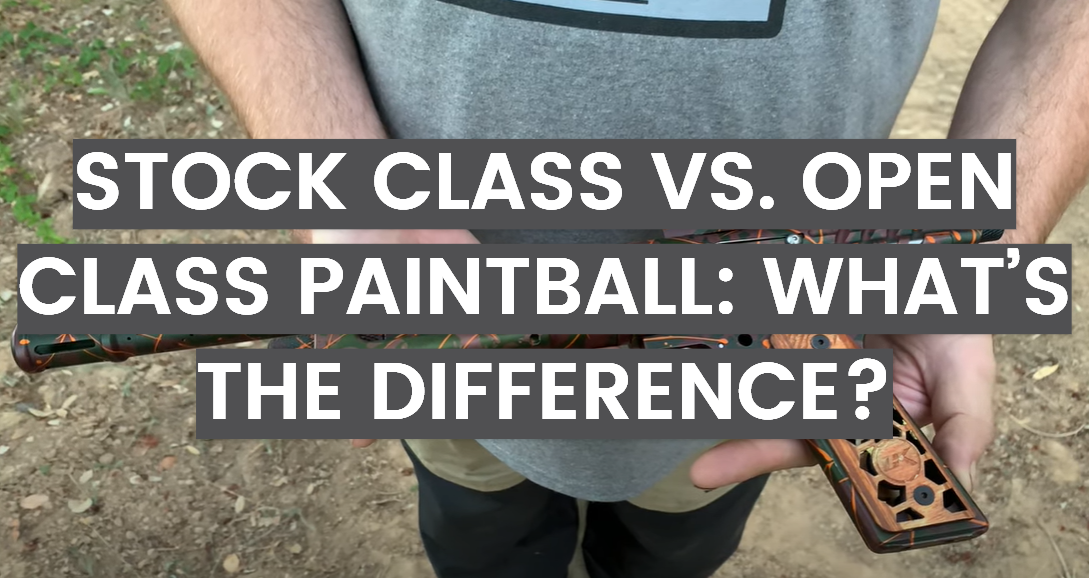
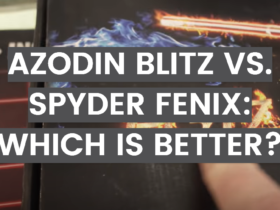

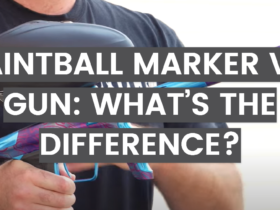
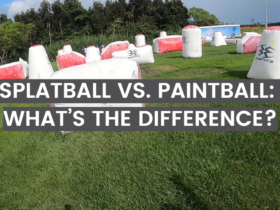
Leave a Review